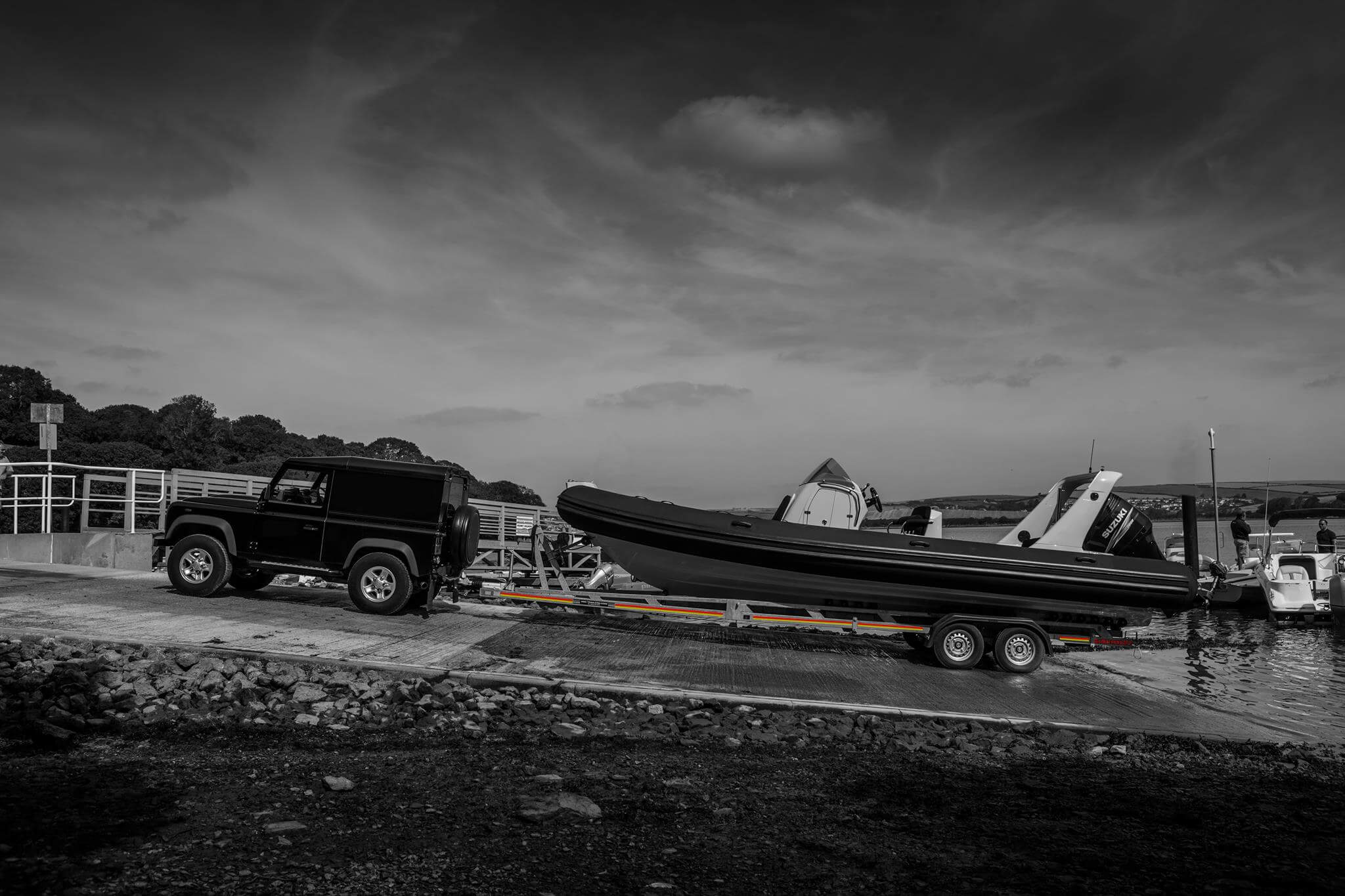LEARNING HOW TO TRAILER A BOAT IS KEY TO ENJOYING ROAD TRIPS TO THEIR FULLEST
The UK is a boater’s paradise with more than 40,000 lakes, 120,000 miles of rivers and 7,700 miles of coastline. Having a boat on a trailer is the magic carpet to exploring these great waterways! Here’s how to prep your boat trailer to avoid missing out on the country’s best destinations.
Choosing the right trailer
The first big decision when choosing a boat trailer is to buy the correct size. Measure your boat from the bow to the drain plug (don’t include the swim platform). Calculate your boat’s real-world weight with a topped-off petrol tank, fluids, gear and engine then look up at the trailer’s specs. Surprisingly, making the right call is easy: if you find your boat is right in between two different size trailers, choose the larger of the two. Providing the tow vehicle is up to the task, larger trailers will provide a more stable and safer tow. Also, trailers with at least twin axles versus single axles tow easier and give extra insurance should a tire blow.
Bunks or rollers?
Most trailers have either bunks or rollers to support the boat’s hull. Trailers with bunks need to be submerged deeper and need steeper ramps to function properly. Trailers with rollers are usually more expensive but are better on flatter boat ramps.
Trailer setup
The amount of weight pressing down on the tow vehicle’s hitch is called tongue weight and getting it right is crucial for safe trailering. If there’s not enough tongue weight, a trailer can fishtail dangerously. Too much and the weight of the boat can press down on the back of the tow vehicle and raise the front, making the steering less effective. The tongue weight should be between 7-10% of the boat and trailer’s weight and can be adjusted by moving the winch post’s position on the trailer tongue.
Another adjustment to make is the position of the bunks or rollers on the trailer. They should be widened or narrowed to sit properly on the underside of the boat, paying attention to the position of the strakes. For new boat owners, setting the tongue weight and trailer supports might be a job best left to a dealer or trailer specialist.
Safe driving while trailering your boat
Those new to trailering sometimes forget they are towing a boat and can cut corners too sharply or not allow enough space in traffic. When towing a boat, spend more time checking the rearview mirrors. Drivers should endeavor to be smooth when turning or braking, and allow more space between the tow vehicle and traffic in front of it.
Practice makes perfect
Before heading to the ramp for the first time, spend a couple of hours practicing backing up in an empty parking lot until it becomes second nature. Adjust the tow vehicle’s mirrors properly and learn to trust what you see in them; don’t turn around when backing up.
Pro Tip: At the ramp, when the tow vehicle is just starting down the ramp, stop and put the vehicle in neutral and let gravity ease the rig down the rest of the way down the ramp. It’s much easier to control without the engine pushing the rig downhill.

